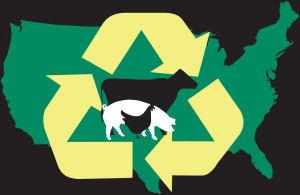
Injured animals and animals under stress react differently than they do in normal circumstances. If you don’t work with livestock often, you may not completely understand how to keep yourself and animals safe in stressful situations, or how to provide first aid to injured animals.
WATCH THIS WEBINAR
The presenters focus on how to work safely around these animals and discuss basic first aid techniques to use with livestock and working animals. They also provide tips on livestock first aid …



 If your farm stores oil, fuel, or oil products, you should take note of the Spill Prevention, Control, and Countermeasures (SPCC) program. This rule applies to storages of a certain size and places some planning requirements on the farm. Speakers also discuss the proposed exemption for certain milk containers.
If your farm stores oil, fuel, or oil products, you should take note of the Spill Prevention, Control, and Countermeasures (SPCC) program. This rule applies to storages of a certain size and places some planning requirements on the farm. Speakers also discuss the proposed exemption for certain milk containers.